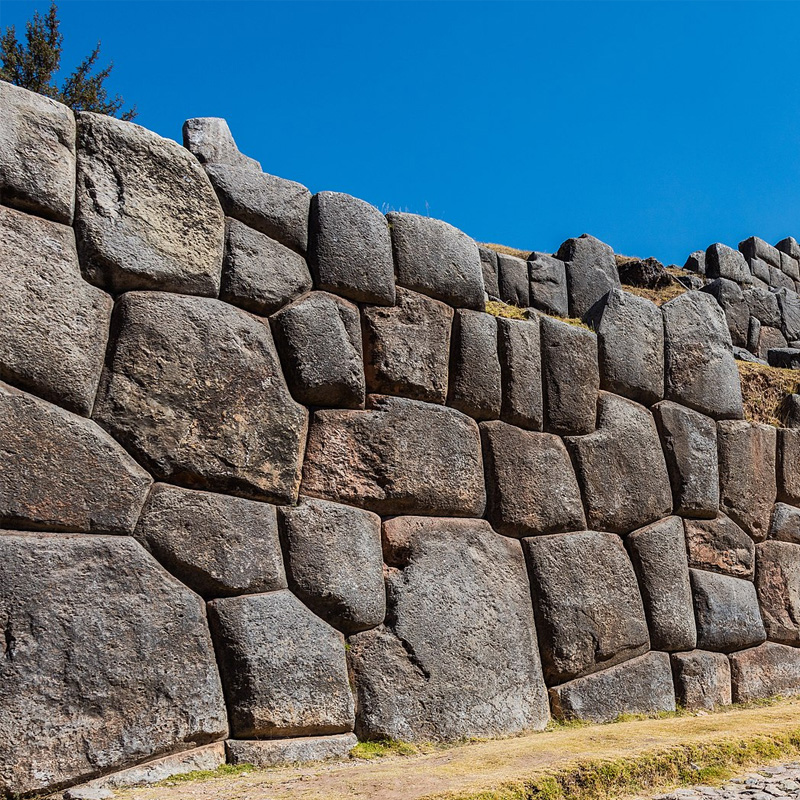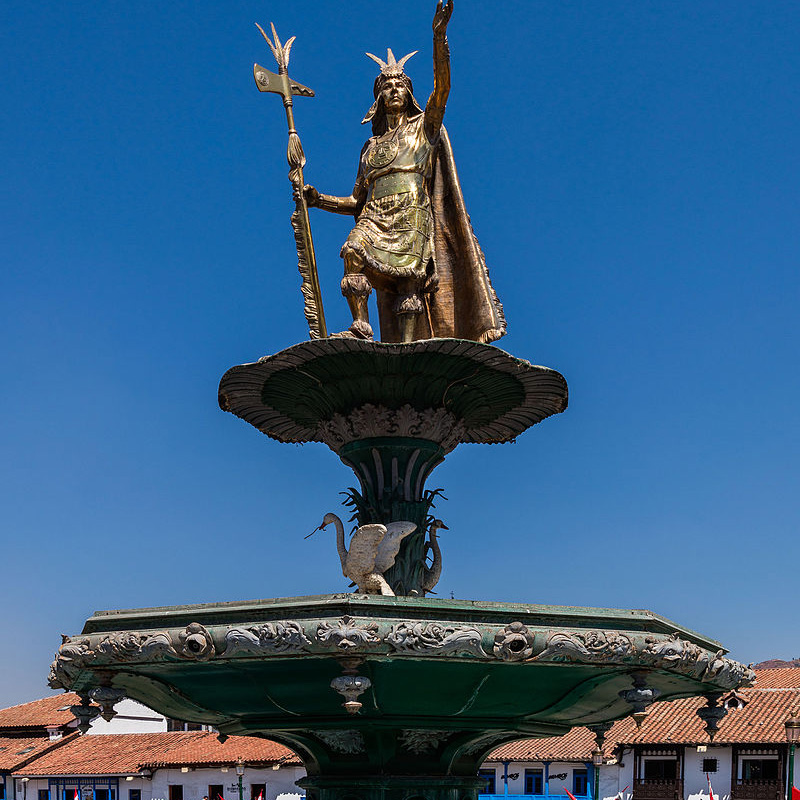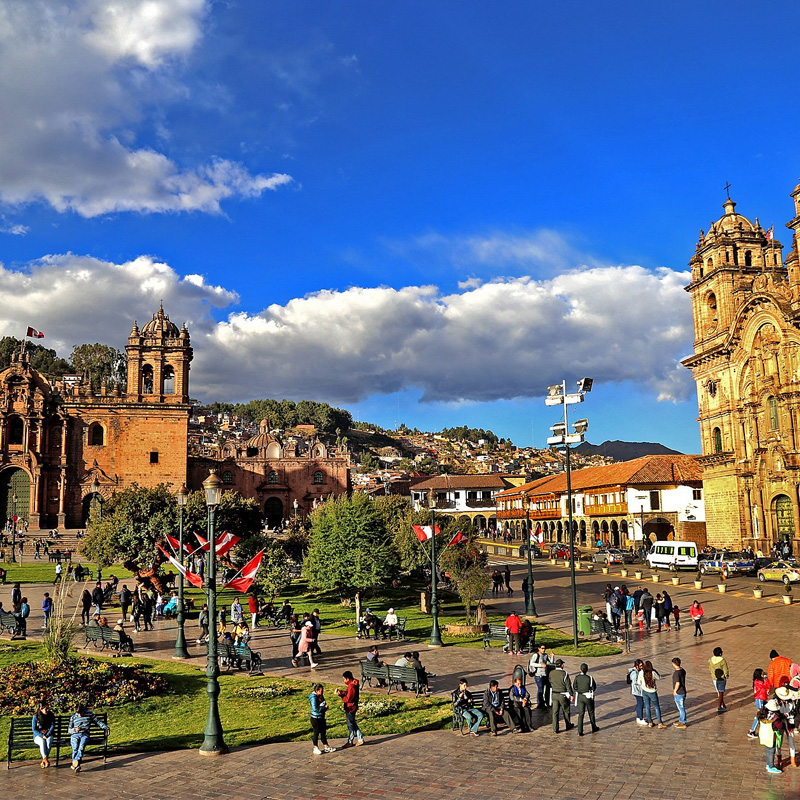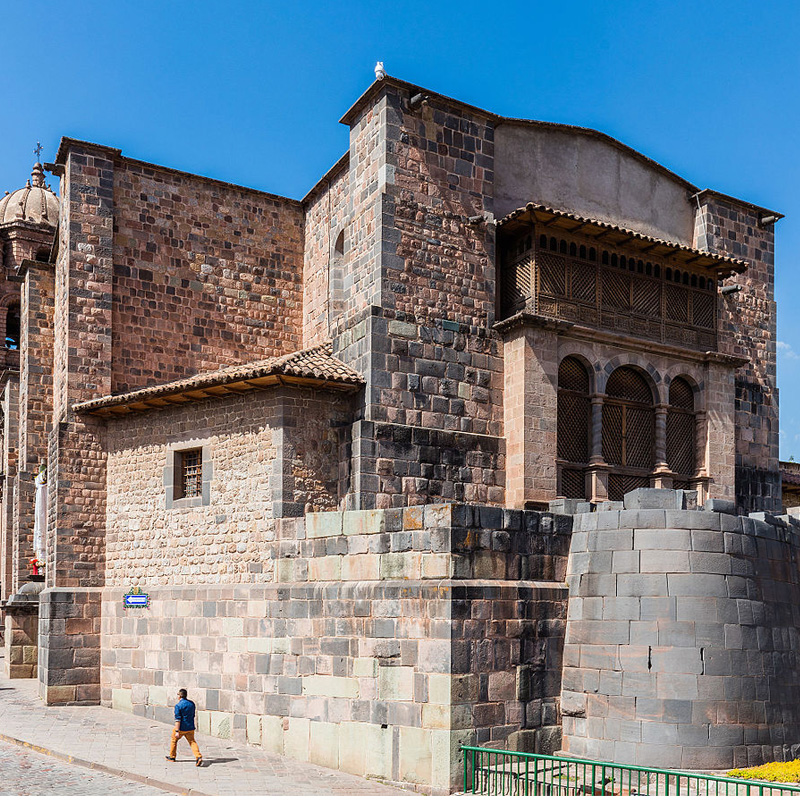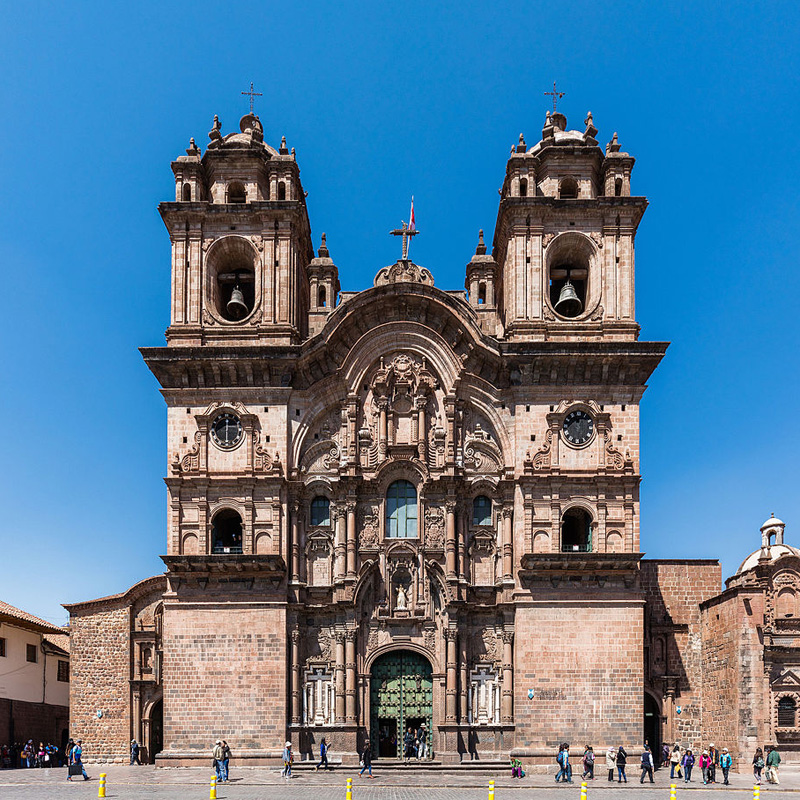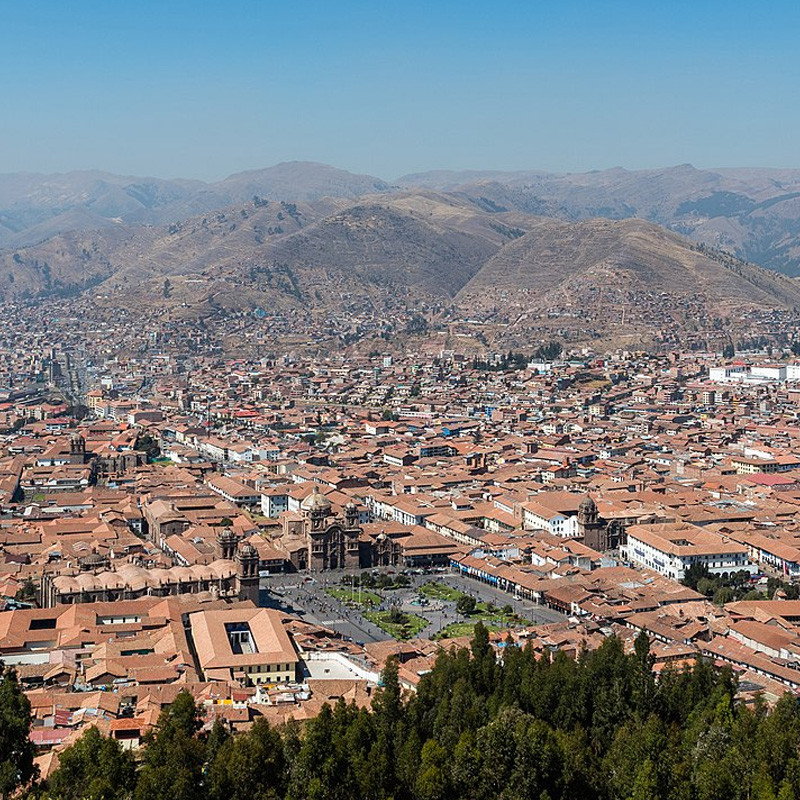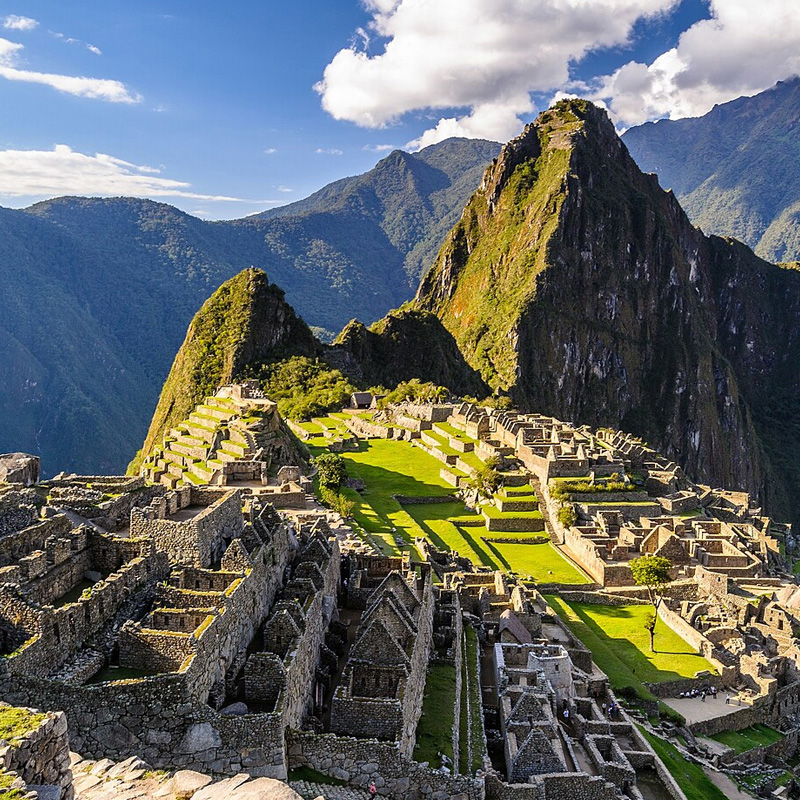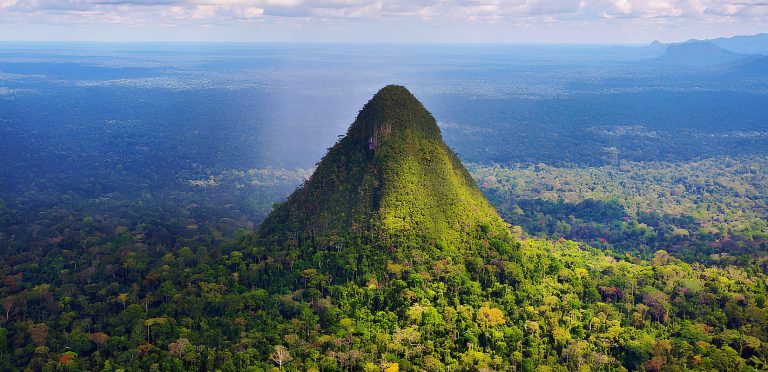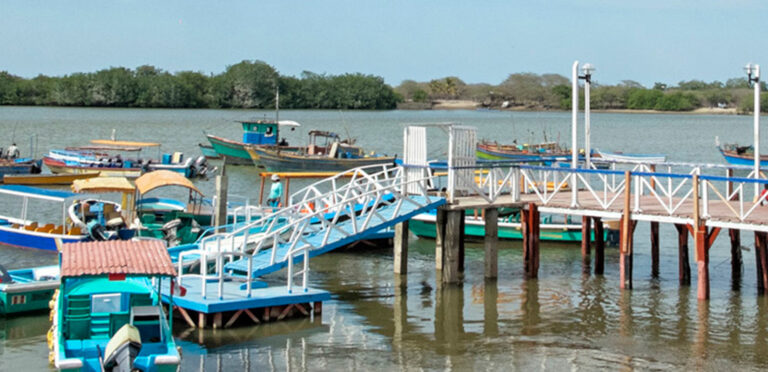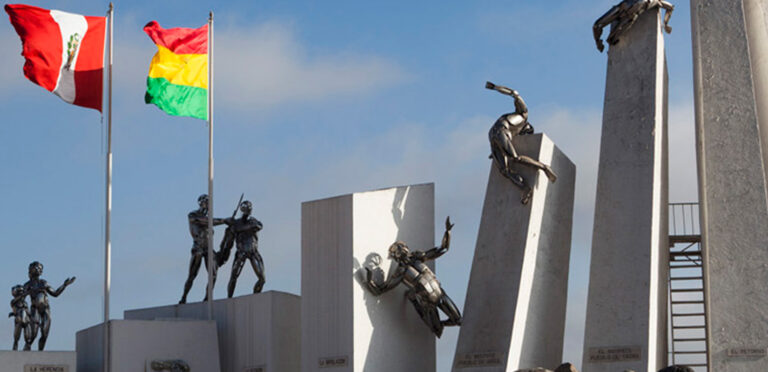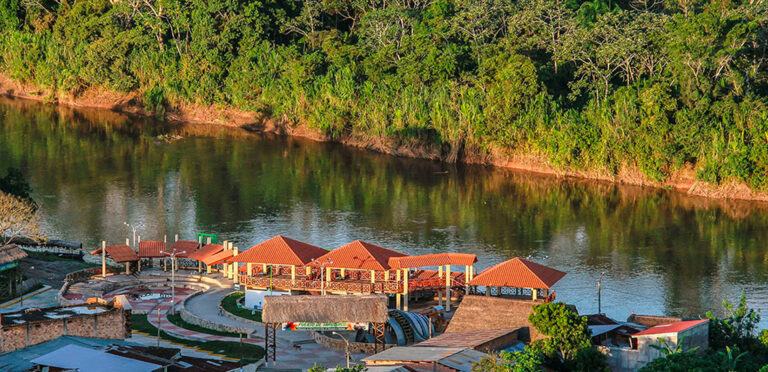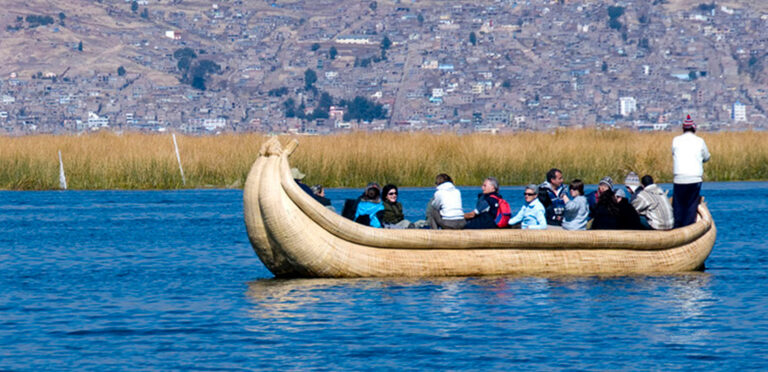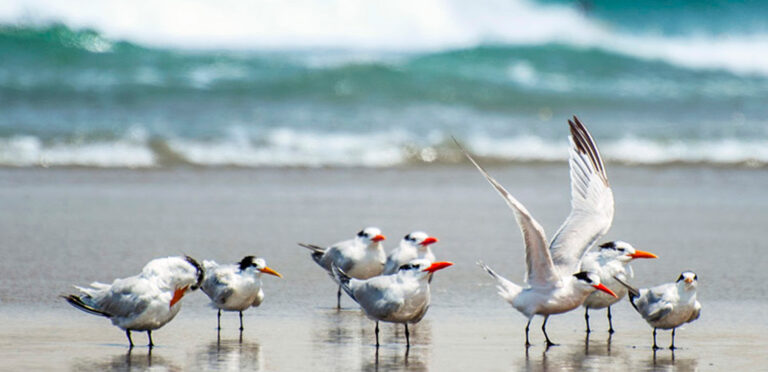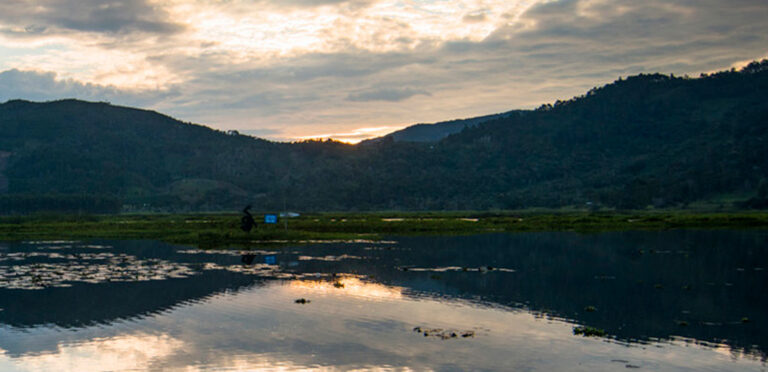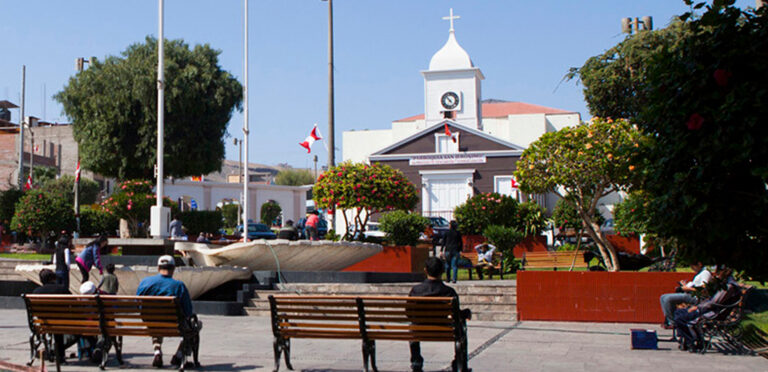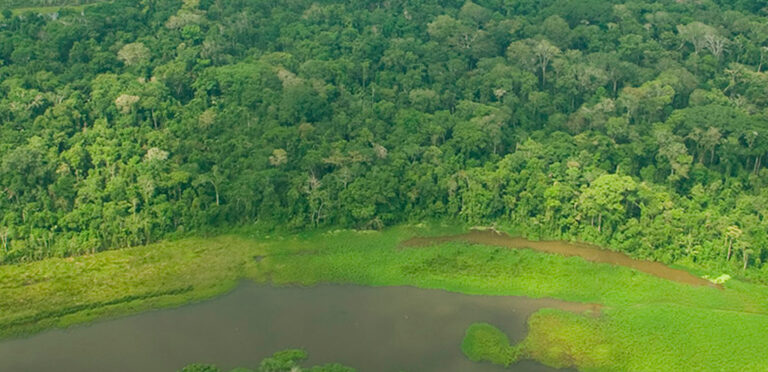Cusco: The Heart of the Inca Empire and a Cultural Treasure
Cusco blends imposing Andean mountains, fertile inter-Andean valleys, and the lush cloud forest, where the vegetation becomes denser, and the climate turns warmer. Its historical and architectural richness makes it a must-visit destination for travelers from around the world.
- Minimum Altitude: 532 masl (Pilcopata)
- Maximum Altitude: 6,372 masl (Ausangate)
🏛 History & Culture
Plaza de Armas of Cusco
Formerly called Huacaypata, or “Warrior’s Square,” it was the Inca ceremonial center where the Inti Raymi festival was celebrated. With the arrival of the Spanish, it was transformed with stone archways and imposing colonial buildings.
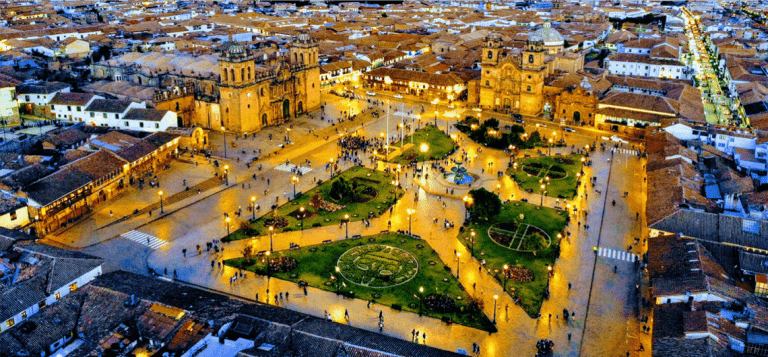
Cusco Cathedral
Built on the foundations of the Suntur Wasi temple, its Renaissance-style interior houses valuable cedar and alder wood carvings, an impressive pulpit, and a collection of paintings from the Cusco School.
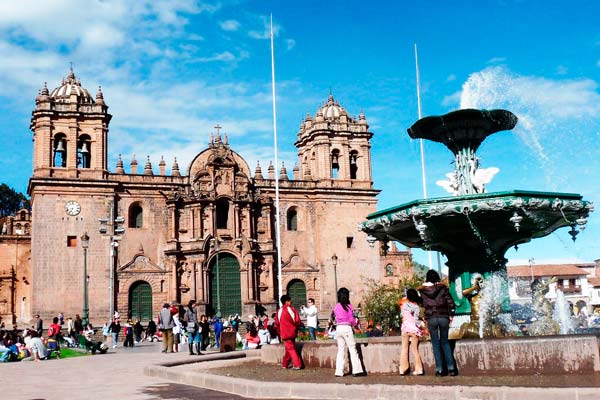
Church of the Society of Jesus
Located on the former palace of Huayna Cápac, this Andean Baroque masterpiece dazzles with its altarpiece-style façade and a three-tiered main altar with Solomonic columns.
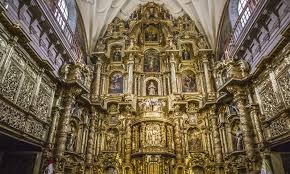
San Blas Neighborhood
One of the most picturesque areas of Cusco, known for its steep streets, colonial houses, and artisan workshops. It is ideal for purchasing artwork and staying in family-run accommodations.
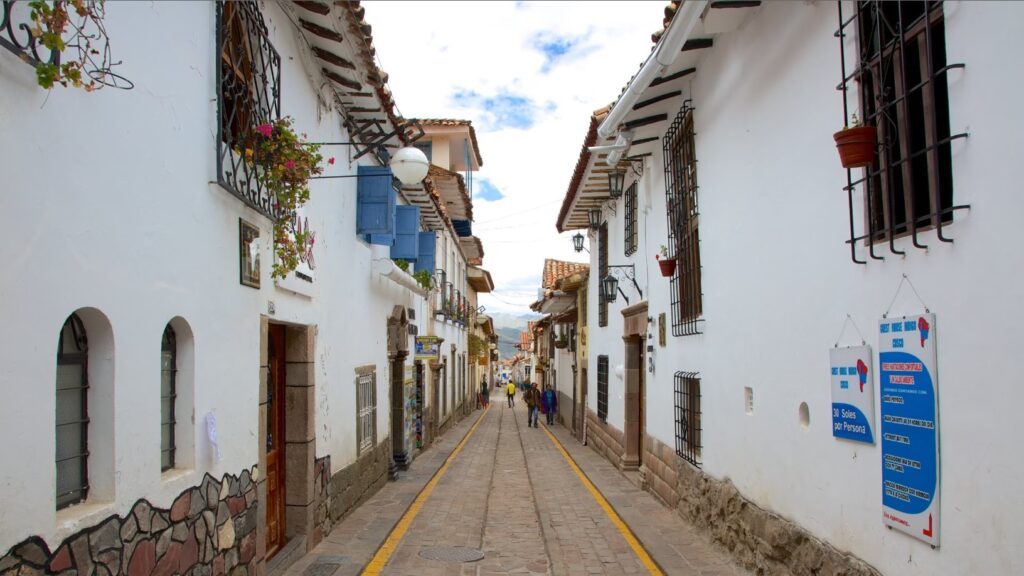
Koricancha – Santo Domingo Convent
Koricancha was the most important temple of the Inca Empire, with gold-covered walls dedicated to the Sun God. The Spanish built the Santo Domingo Convent on its foundations, preserving remnants of its Inca grandeur.
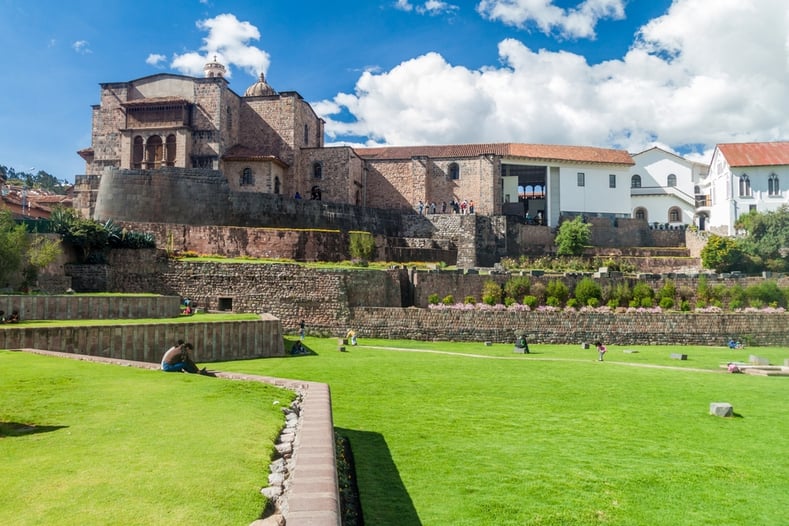
Sacsayhuamán
Just 10 minutes from the city, this archaeological complex amazes visitors with its colossal stone walls, some weighing over 100 tons. It is also the main stage for the Inti Raymi festival every June 24th.
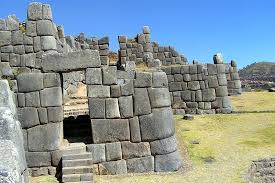
Inca Trail to Machu Picchu
Part of the Qhapaq Ñan road system, this trekking route offers breathtaking landscapes and access to archaeological sites such as Runkurakay and Wiñay Wayna, before reaching the mystical citadel of Machu Picchu.
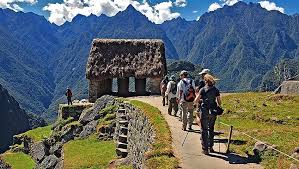
🌿 Nature & Adventure
Machu Picchu
The crown jewel of Peru and one of the New Seven Wonders of the World. Located at over 2,400 meters above sea level, Machu Picchu is an ancient Inca complex that continues to captivate travelers with its architecture, history, and mysterious structures. Visitors can reach it via the Inca Trail, the Salkantay Trek, or by taking a train from Ollantaytambo or Aguas Calientes.
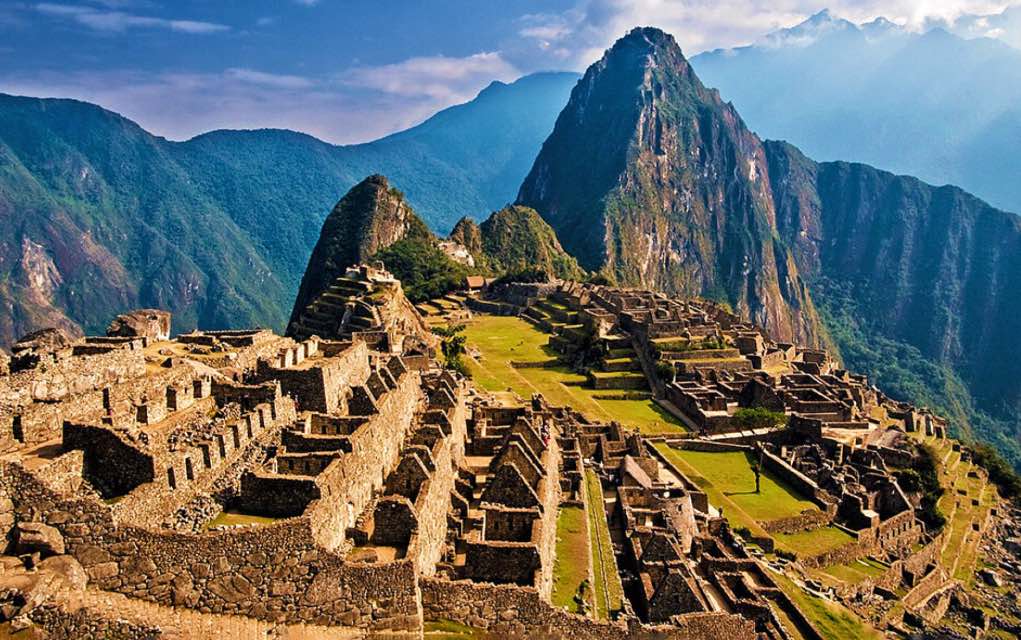
Sacred Valley of the Incas
Beyond the destinations mentioned, the Sacred Valley is home to other impressive archaeological sites, such as Pisac, with its traditional market and hilltop ruins, and Ollantaytambo, which served as a strategic fortress during the Spanish invasion. The valley is known for its natural beauty, traditional villages, and ancient agricultural terraces, still in use today.
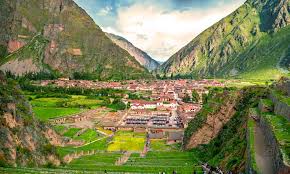
Rainbow Mountain (Vinicunca)
Located 5 hours from Cusco, this mountain is famous for its vibrant colors, created by natural mineral deposits. The hike to the summit is challenging, but the panoramic views make it worthwhile.
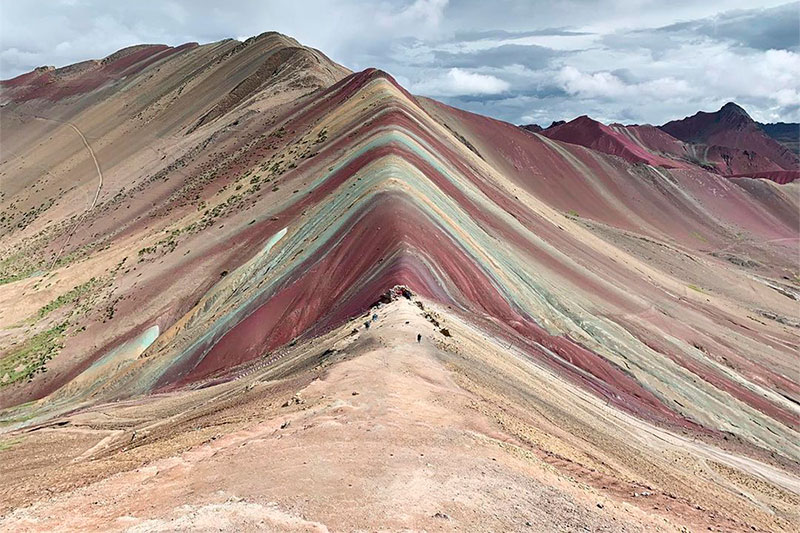
Moray
A fascinating archaeological site, Moray is renowned for its circular agricultural terraces, which functioned as an experimental center for different crops at various altitudes. The depth and circular shape of the terraces helped create microclimates that benefited agriculture.
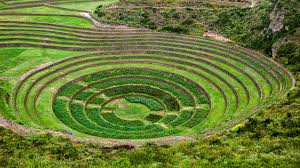
Salkantay Mountain
One of the most famous trekking routes, the Salkantay Trek is an alternative to the Inca Trail, offering a challenging journey from the sub-Andean valleys to the high peaks of Salkantay Mountain.
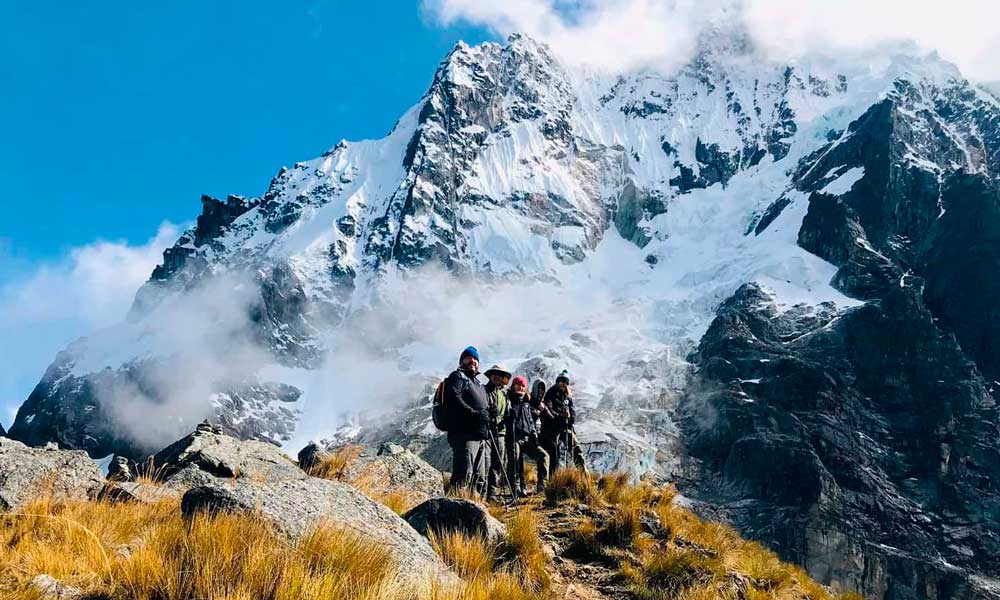
Humantay Lagoon
Located at over 4,000 meters in altitude, this glacial lake is famous for its turquoise waters and stunning mountain surroundings, making it an ideal spot for trekking enthusiasts.
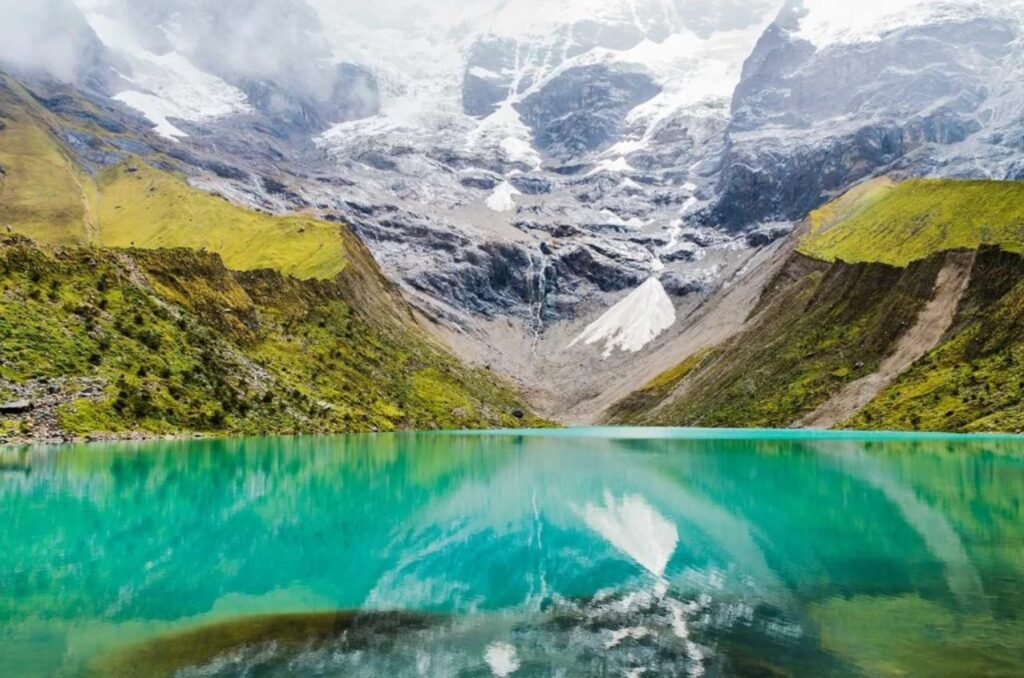
Pisac Village
Pisac is well known for its artisan market, but it also features Inca archaeological remains, including an irrigation system, an astronomical observatory, a solar clock (Intihuatana), and agricultural terraces.
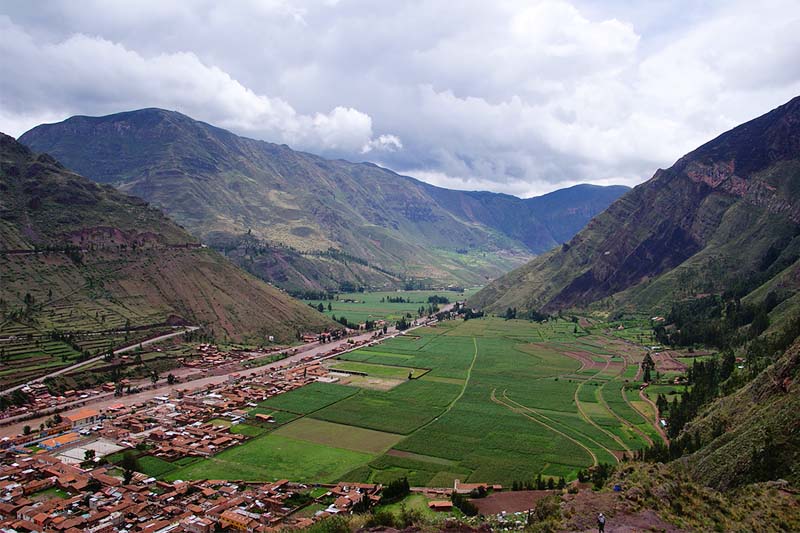
🎉 Festivals & Traditions
Inti Raymi (June)
The Festival of the Sun is one of Cusco’s most important celebrations, reviving Inca traditions with dances, ceremonies, and a grand procession held at the Sacsayhuamán fortress.
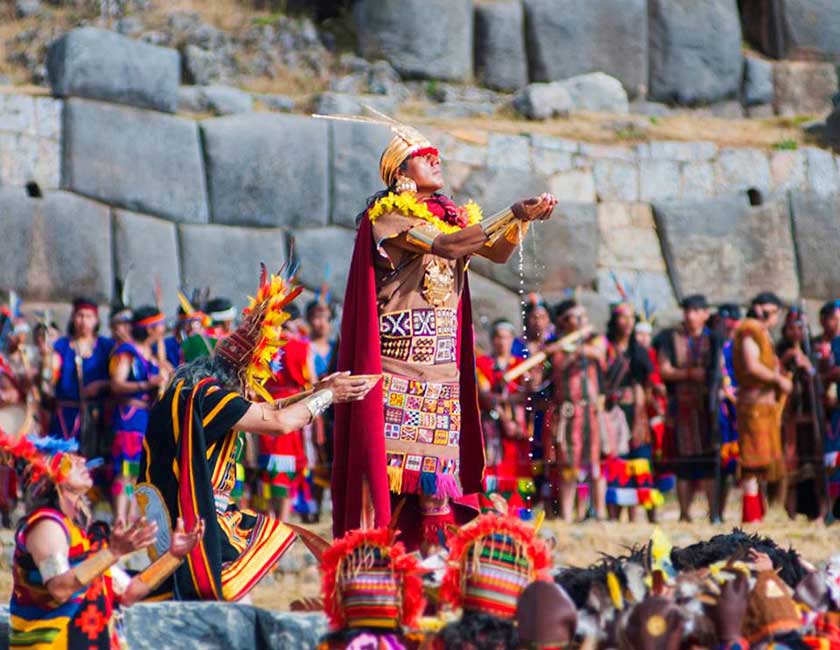
Holy Week
Cusco is filled with religious devotion during Holy Week, with processions through its historic churches, particularly the Lord of the Earthquakes procession.
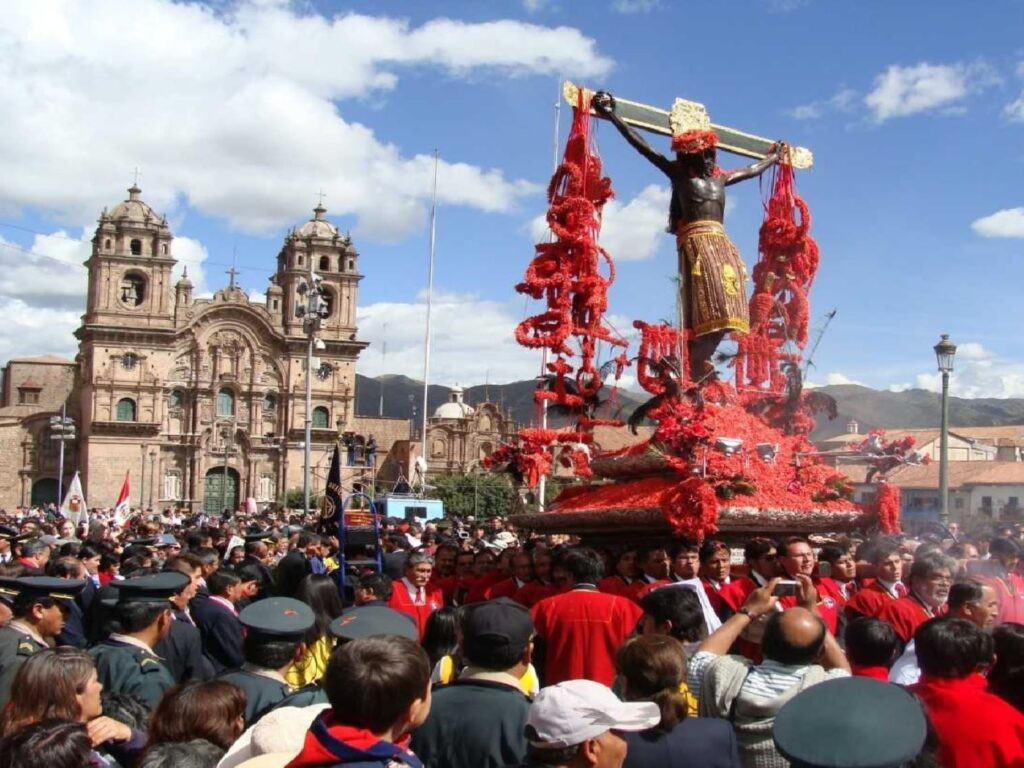
Cusco Carnival (February – March)
Celebrated with colorful dances and parades, this festival is enjoyed in both rural communities and urban areas.
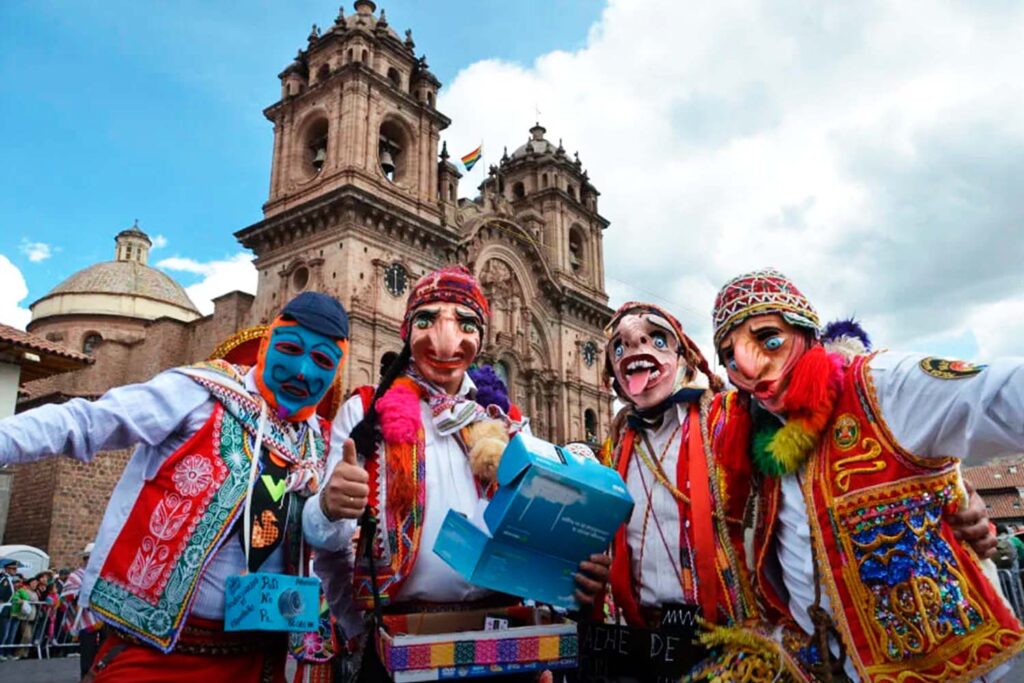
📅 Best Time to Visit: Cusco is a year-round destination, but the dry season (May – September) is ideal for exploring archaeological sites and hiking. The rainy season (November – April) brings lush green landscapes.
📍 How to Get There? Cusco has an international airport that connects the city with Lima and other major destinations. Visitors can also take a scenic train ride to Machu Picchu from Ollantaytambo, offering a unique journey through the stunning Sacred Valley landscapes.
